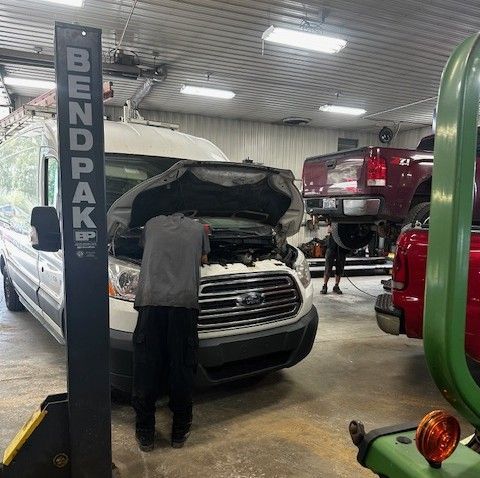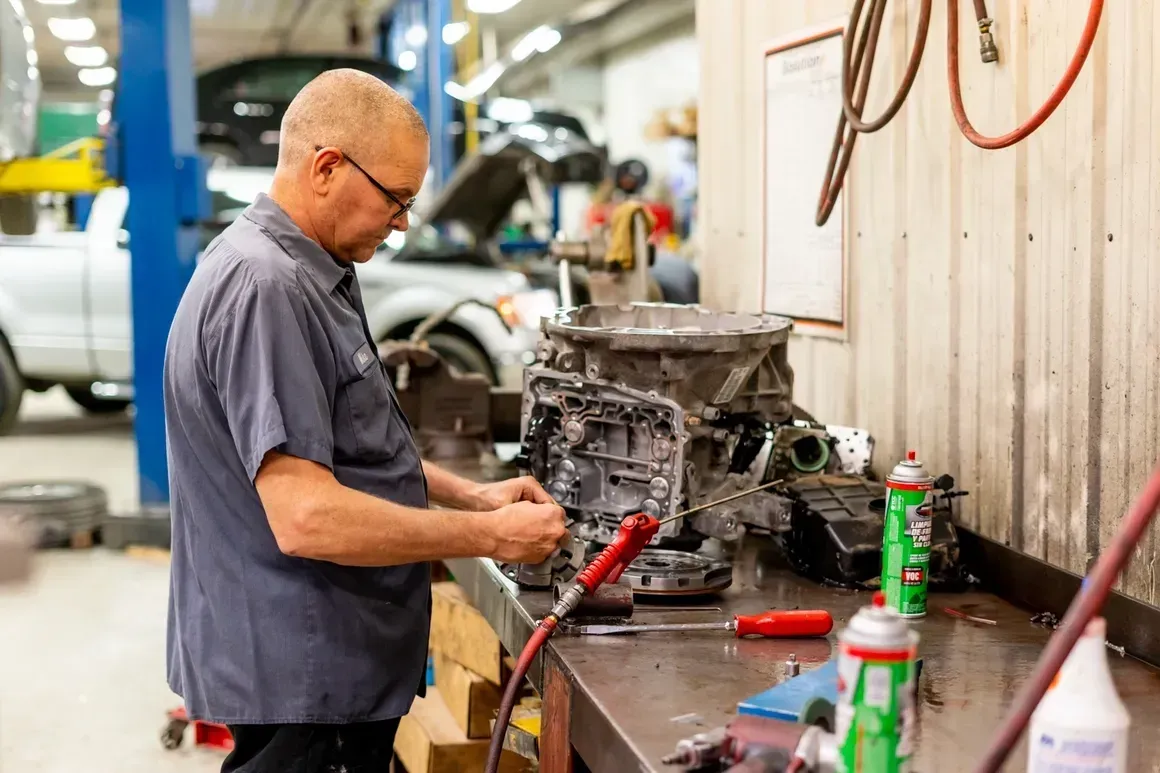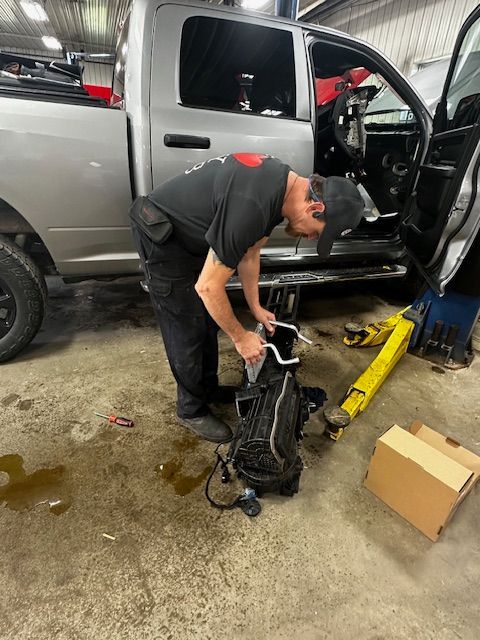Introduction to Under Hood Care
Understanding what lies beneath the hood of your vehicle is crucial for ensuring optimal performance and longevity. At Faithful Auto & Truck Repair in North Branch, MI, we are committed to empowering you with the knowledge to maintain your car effectively. Whether you're a seasoned car owner or new to automotive care, our comprehensive guide will provide you with practical insights and tips for under hood maintenance.
Why Under Hood Care is Essential
The engine compartment, commonly referred to as "under the hood," houses the heart of your vehicle. Keeping this area in good condition is vital for the overall health of your car. Regular maintenance can prevent costly breakdowns, improve fuel efficiency, and extend the life of your vehicle. At Faithful Auto & Truck Repair, we believe that an informed driver is a happy driver.
Key Components Under the Hood
Let's take a closer look at the essential components you should be aware of:
1. Engine: The core of your vehicle's performance. Regular oil changes and timely inspections can prevent engine wear and tear.
2. Battery: Necessary for starting your vehicle and powering electrical components. A routine check of its health is critical.
3. Belts and Hoses: Vital for proper engine function, these parts need regular inspections to avoid sudden failures.
4. Cooling System: Comprising the radiator and coolant, it prevents the engine from overheating. Regular coolant replacement and radiator inspections are key practices.
DIY Tips for Basic Under Hood Maintenance
While some tasks are best left to professionals, there are several maintenance steps you can perform at home:
Check Fluid Levels: Regularly inspect your engine oil, coolant, brake fluid, and transmission fluid. Always top them off as needed.
Inspect the Battery: Ensure the terminals are clean and free of corrosion. Replace your battery as it nears the end of its life.
Change Air Filters: Replace your air filter periodically to ensure optimal airflow and efficiency.
Recognizing the Signs of Under Hood Problems
Being proactive can save you from unexpected issues. Look out for these warning signs:
Strange Noises: Unusual ticking or hissing sounds could indicate problems.
Leaks: Puddles or spots under your parked car might mean fluid leaks.
Warning Lights: Dashboard lights point to a need for immediate checks.
When to Visit Faithful Auto & Truck Repair
Despite your best efforts, some problems require professional attention. At Faithful Auto & Truck Repair in North Branch, MI, our experienced technicians are ready to address any complex automotive issues you may encounter. From comprehensive diagnostics to expert repairs, we're here to keep your vehicle running smoothly.
Conclusion
By actively engaging in under hood maintenance, you safeguard your vehicle's performance and reliability. Visit us at Faithful Auto & Truck Repair in North Branch, MI, where your vehicle’s health and your peace of mind are our top priorities. Let's work together to keep you safely on the road.






